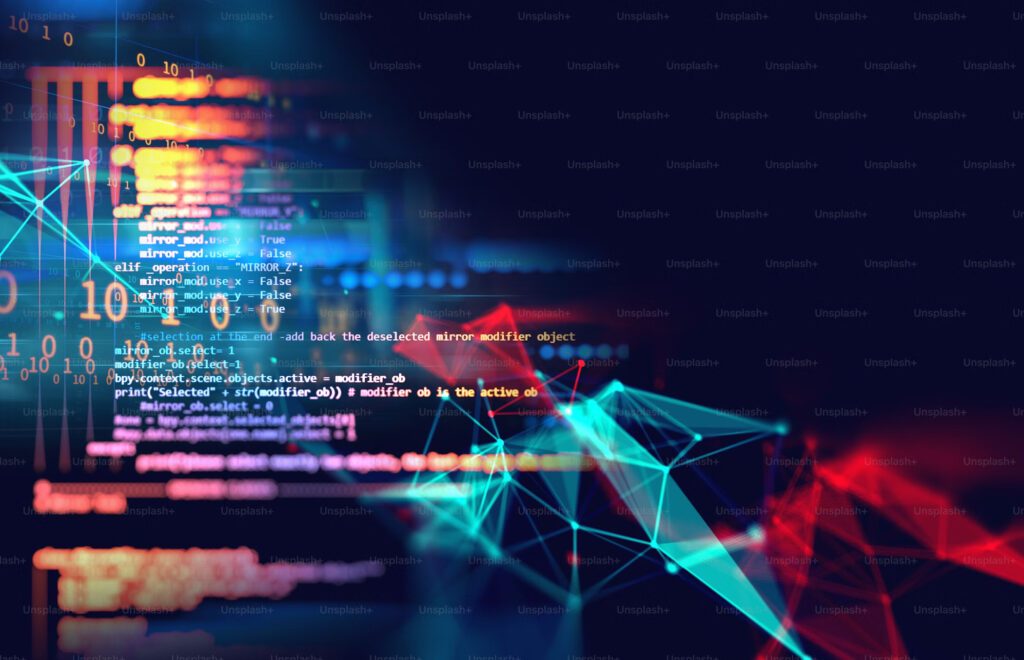As eLearning continues to grow in popularity, the need for robust cybersecurity measures becomes more critical. Whether you are an eLearning solutions provider, a company offering online training, or an educational institution, safeguarding the privacy and data of users is a top priority. With a surge in online learning platforms, both educational and corporate, the risk of cyber threats is increasing. These threats pose a potential danger to personal data, intellectual property, and the overall integrity of the online learning environment.
In this article, we will explore how cybersecurity can protect eLearning platforms from a variety of risks and threats, ensuring that both students and instructors feel safe and secure. We will also discuss the responsibilities of an eLearning solutions provider in maintaining a secure platform for all users.
Why Cybersecurity Matters in eLearning
The rise of digital learning platforms has transformed how education and training are delivered. However, it has also opened doors for cybercriminals looking to exploit vulnerabilities. Cybersecurity is not just about protecting systems from external attacks; it is about ensuring the trust and confidence of learners and educators who rely on your platform.
Here are some reasons why cybersecurity should be at the forefront for any eLearning platform:
-
Protection of Sensitive Data eLearning platforms store a wealth of sensitive information, including personal details of learners (names, email addresses, phone numbers), payment information (credit card details), and academic data (grades, certifications). Without proper security, this data can be targeted by malicious actors.
-
Maintaining Trust When learners, instructors, or organizations trust an eLearning platform to store their personal and educational data, they expect it to be secure. If a breach occurs, it can damage your platform’s reputation, result in legal ramifications, and cause long-term harm to your brand.
-
Compliance with Regulations Many countries have strict regulations when it comes to data privacy (such as GDPR in the European Union or FERPA in the United States). An eLearning platform needs to comply with these standards to avoid hefty fines and legal issues.
-
Preventing Disruption to Learning Cyberattacks, such as denial-of-service (DDoS) attacks, can bring an entire platform to a halt, disrupting the learning process. For businesses and institutions that rely on eLearning for ongoing training, such interruptions can result in significant downtime and loss of revenue.
Common Cybersecurity Threats to eLearning Platforms
eLearning platforms face a variety of cybersecurity risks that can compromise both the integrity of the platform and the privacy of its users. Understanding these threats can help an eLearning solutions provider better protect their systems.
-
Phishing Attacks Phishing is one of the most common cyber threats. It involves tricking users into revealing sensitive information, such as login credentials or financial data, often via email or fake websites. In an eLearning setting, this could mean that an attacker gains access to a student’s or instructor’s account, causing harm to both parties.
-
Data Breaches A data breach occurs when unauthorized individuals gain access to private information. For eLearning platforms, this could include login credentials, personally identifiable information (PII), or course-related data. A breach could lead to identity theft or financial fraud.
-
Malware and Ransomware Malware refers to malicious software designed to infect and damage systems. Ransomware is a specific type of malware that locks a system and demands payment for its release. Both threats can disrupt online learning, steal data, or even hold data hostage.
-
Inadequate Authentication and Access Control Weak passwords and insufficient authentication processes create opportunities for hackers to gain unauthorized access to the platform. Without multi-factor authentication (MFA), attackers may gain control over user accounts, potentially exposing sensitive information.
-
Distributed Denial of Service (DDoS) Attacks A DDoS attack involves overwhelming a server with excessive traffic, rendering the platform inaccessible to legitimate users. For an eLearning platform, this can disrupt courses, exams, and other critical services, impacting both students and instructors.
Best Practices for Cybersecurity in eLearning Platforms
As an eLearning solutions provider, you have a responsibility to implement comprehensive security measures that will safeguard your users’ data. Here are some best practices to ensure your platform remains secure:
1. Implement Multi-Factor Authentication (MFA)
By adding an additional layer of security beyond just passwords, multi-factor authentication (MFA) ensures that even if a password is compromised, attackers cannot gain access. This extra step is essential for both instructors and students, especially when accessing sensitive information or making payments.
2. Encrypt Data
Data encryption is one of the most effective ways to protect data in transit and at rest. Encrypting sensitive data such as student information, payment details, and course materials ensures that even if data is intercepted, it remains unreadable to attackers.
3. Regular Security Audits and Penetration Testing
Performing regular security audits and penetration tests helps identify vulnerabilities in your platform before attackers can exploit them. A creative and proactive approach to identifying weaknesses allows you to fix issues before they become major problems.
4. Educate Users about Cybersecurity
End-user education is crucial for preventing cybersecurity issues. Offering training on how to recognize phishing emails, use strong passwords, and spot suspicious activity can help protect the platform and its users.
5. Backup Data Regularly
In the event of a cyberattack such as ransomware, having a robust data backup strategy is crucial. Ensure that regular backups of user data, course materials, and platform content are stored securely, enabling you to restore functionality if an attack occurs.
6. Adopt Secure Payment Gateways
For eLearning platforms that involve financial transactions, using secure and trusted payment gateways is essential. These services have robust encryption and fraud detection mechanisms to ensure the safety of users’ financial information.
7. Comply with Data Privacy Regulations
Make sure that your eLearning platform adheres to local and global data protection laws. Whether it’s GDPR in Europe, CCPA in California, or any other regional regulation, ensuring compliance will help protect your users’ data and mitigate the risk of penalties.
The Role of eLearning Solutions Providers in Cybersecurity
As an eLearning solutions provider, your responsibility extends beyond simply creating an online learning platform. You must ensure that the platform is secure and able to protect sensitive data from cyber threats. This requires a combination of proactive cybersecurity practices, technical expertise, and a strong commitment to user privacy.
Choosing an experienced eLearning solutions provider that prioritizes cybersecurity can significantly reduce the risk of a data breach or cyberattack. Look for a provider that offers strong encryption protocols, regularly updates security features, and maintains compliance with privacy regulations. Ensuring that these practices are embedded in your platform from the start will not only protect your users but also enhance the overall learning experience.
Conclusion
Cybersecurity is a critical concern for all eLearning platforms, as they are repositories of sensitive data. By implementing strong security measures, offering user education, and choosing a trusted eLearning solutions provider, you can protect the privacy and data of your users and foster a safe and secure learning environment. Cybersecurity is not just about preventing attacks—it’s about creating trust, ensuring compliance, and providing peace of mind to everyone involved in the eLearning experience.
For businesses or organizations looking to develop secure and scalable eLearning solutions, partnering with a reliable eLearning solutions provider is key. Make sure to choose one that understands the importance of cybersecurity and data protection, ensuring your platform remains safe and trustworthy for all users.











